SpaceX may aim to conduct a propellant-transfer demonstration on Starship’s third flight.
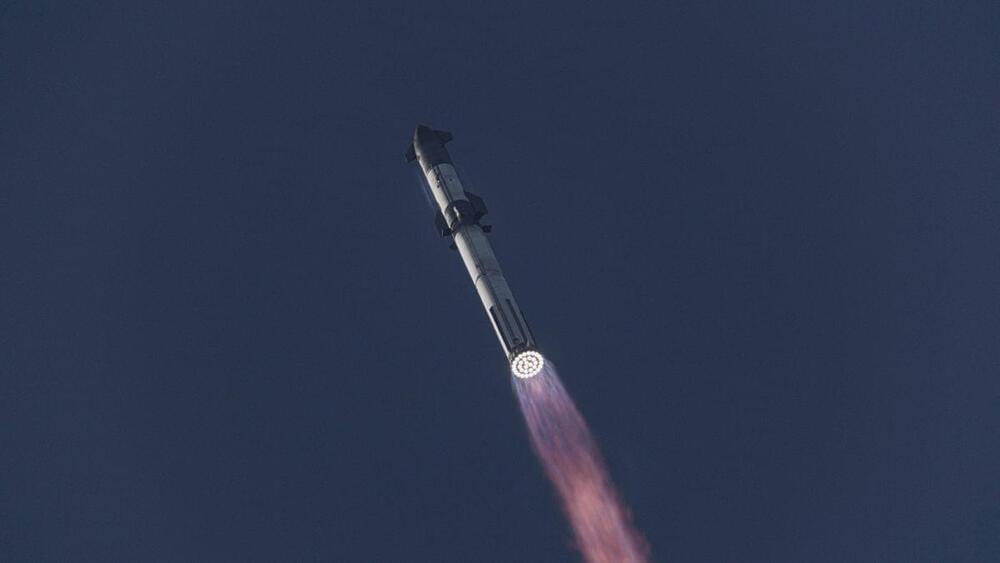

Elon was left “speechless” when confronted with the possibility that AI could follow humans to another planet.
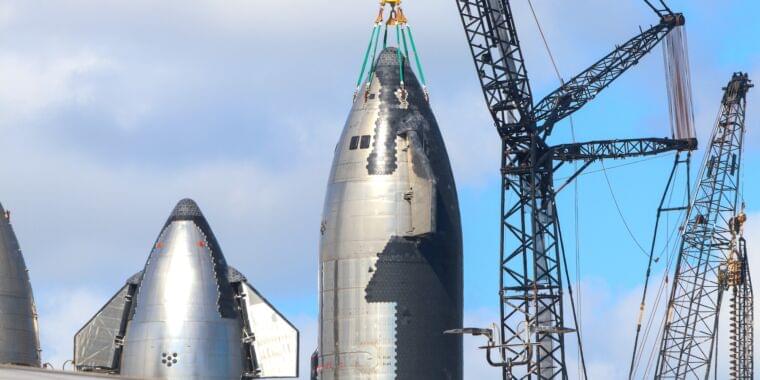
Individual technologies necessary for in-orbit cryogenic refueling are at a stage of development where they are “ready now to go into flight systems,” Dankanich said, either with a demonstration in space or on an operational spacecraft.
First, small steps
By the fourth anniversary of those awards, only SpaceX appears to have a chance to complete the tasks outlined in its “Tipping Point” award, valued at $53 million.
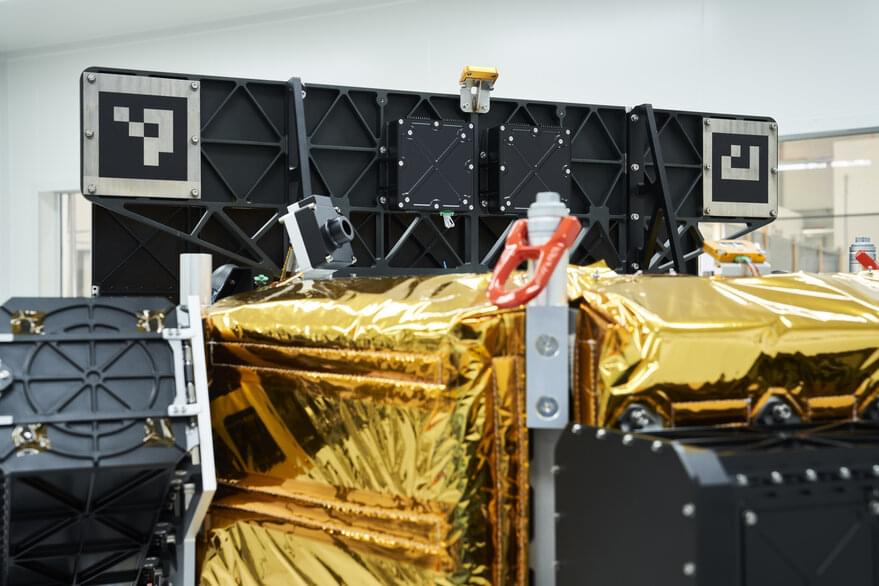
WASHINGTON – Australian in-space servicing startup Space Machines Company announced plans Dec. 5 to work with U.S. on-orbit refueling startup Orbit Fab to validate and demonstrate key technologies.
SMC is the first non-U.S. customer to use Orbit Fab’s fiducial alignment markers. The markers are painted on SMC’s Optimus Orbital Servicing Vehicle, which is set to launch in early 2024 on a SpaceX Falcon 9 rideshare flight.
Orbit Fab’s fiducial markers are designed to act like a QR code, ensuring, for example, that a fuel shuttle replenishes the correct client. The fiducial markers also ensure proper spacecraft alignment for docking.
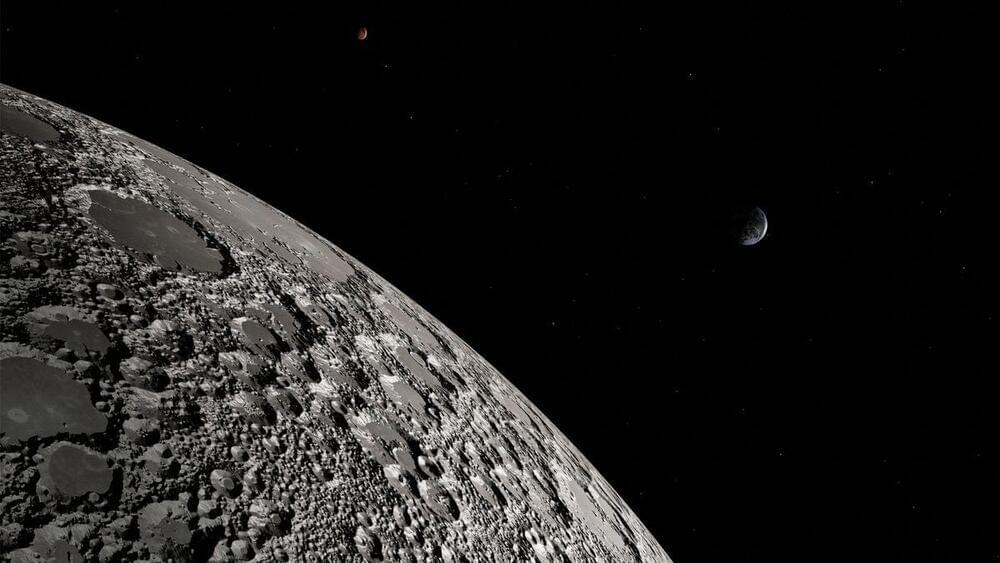
As if space travel didn’t present enough challenges — from bone thinning and an elevated risk of cancer to the sheer tedium of spending months confined to a small capsule — scientists have now warned that prolonged exposure to microgravity and cosmic radiation could lead to erectile dysfunction.
For a NASA-funded study, published in The Faseb Journal, researchers exposed rats to doses of radiation equivalent to that found in deep space, and suspended them in harnesses to simulate weightlessness for four weeks. A year later the blood supply to the rats’ erectile tissue was found to be impaired, apparently mainly as a result of the radiation. The scientists described it as “a new health risk to consider with deep space exploration”, but said that there were signs it could be treatable. When astronauts are in orbit, such as on the International Space Station, they are protected from cosmic radiation by Earth’s magnetic field, which deflects the rays. Further out, they’re fully exposed, and transporting the material needed to shield them is difficult and expensive.

An international team of astronomers has discovered a new warm Jupiter exoplanet orbiting a distant G-type star. The newfound alien world, designated TOI-4515 b, is similar in size to Jupiter but about two times more massive than it. The finding was detailed in a paper published Nov. 20 on the pre-print server arXiv.
TESS is currently performing a survey of approximately 200,000 of the brightest nearby stars with the main goal of searching for transiting exoplanets. So far, it has identified nearly 7,000 candidate exoplanets (TESS Objects of Interest, or TOI), of which 402 have been confirmed.
Warm Jupiters are gas giant planets with orbital periods between 10 and 200 days. This makes them challenging targets for transit detection and radial velocity (RV) follow-up studies compared to their shorter-orbit counterparts, dubbed hot Jupiters.
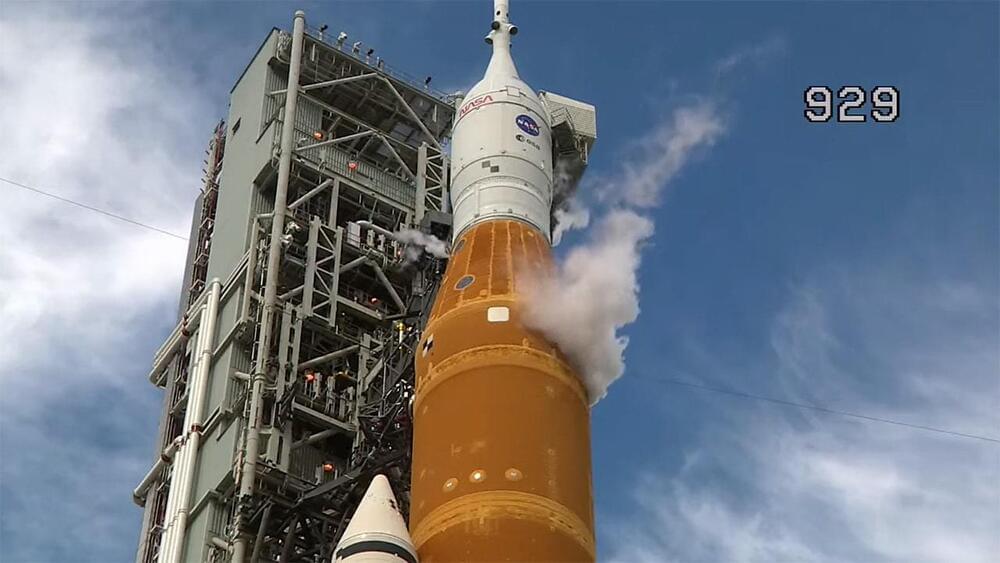
Man’s return to the moon may be delayed from 2025 until 2027.
BREVARD COUNTY, Fla. — NASA will miss its mark trying to land astronauts on the moon by 2025. That’s according to a new report, released by the Government Accountability Office (GAO) this week.
“There are tremendous technical challenges that have to be resolved,” said Ken Kremer. He’s a space journalist in Brevard County who read and analyzed the new report.
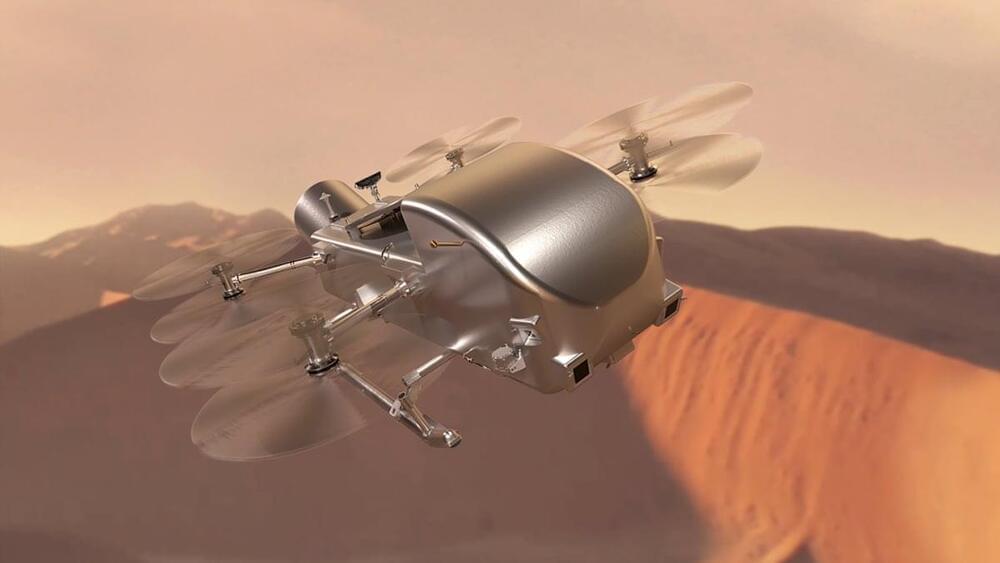
NASA’s Dragonfly mission sounds like science fiction. But it’s real.
The space agency will launch the car-sized craft, fitted with eight spinning rotors, to one of the most intriguing worlds in our solar system, Saturn’s ocean-and dune-covered moon, Titan. It’s a frigid realm where methane, not water, fills lakes and seas, and where the dunes are teeming with the organic ingredients needed for life (as we know it) to develop.
NASA determined that Dragonfly aced its preliminary design stages, and on Nov. 28 gave the thumbs up for this “dual-quadcopter” endeavor to proceed to its final construction. The flying craft is uniquely designed for this mission, as it will explore hundreds of miles of Titan’s terrain. Over a planned mission of close to three years, Dragonfly will take off and land at multiple sites as it investigates the “prebiotic” conditions that could have provided the brew for life to eventually form in our solar system.

In the basement of Kirchhoff-Institut für Physik in Germany, researchers have been simulating the Universe as it might have existed shortly after the Big Bang. They have created a tabletop quantum field simulation that involves using magnets and lasers to control a sample of potassium-39 atoms that is held close to absolute zero. They then use equations to translate the results at this small scale to explore possible features of the early Universe.
The work done so far shows that it’s possible to simulate a Universe with a different curvature. In a positively curved universe, if you travel in any direction in a straight line, you will come back to where you started. In a negatively curved universe, space is bent in a saddle shape. The Universe is currently flat or nearly flat, according to Marius Sparn, a PhD student at Kirchhoff-Institut für Physik. But at the beginning of its existence, it might have been more positively or negatively curved.
New SpaceX renderings reveal that the design of the company’s Starship lunar lander has evolved significantly. We analyze the numerous improvements to the vehicle, including stretched fuel tanks, rotating solar arrays, and a new docking port.